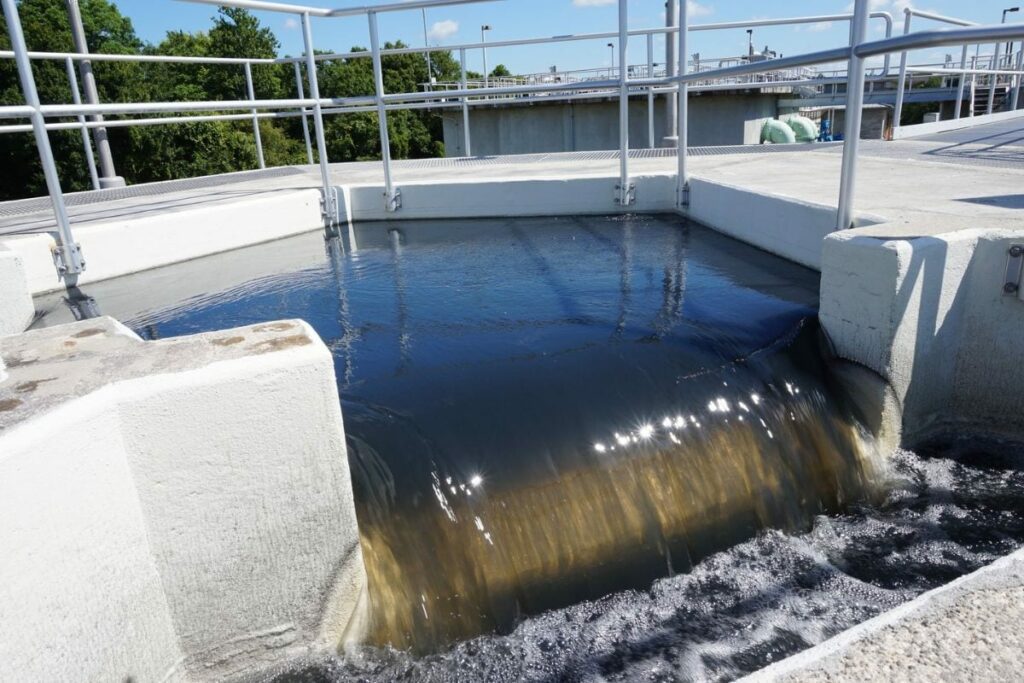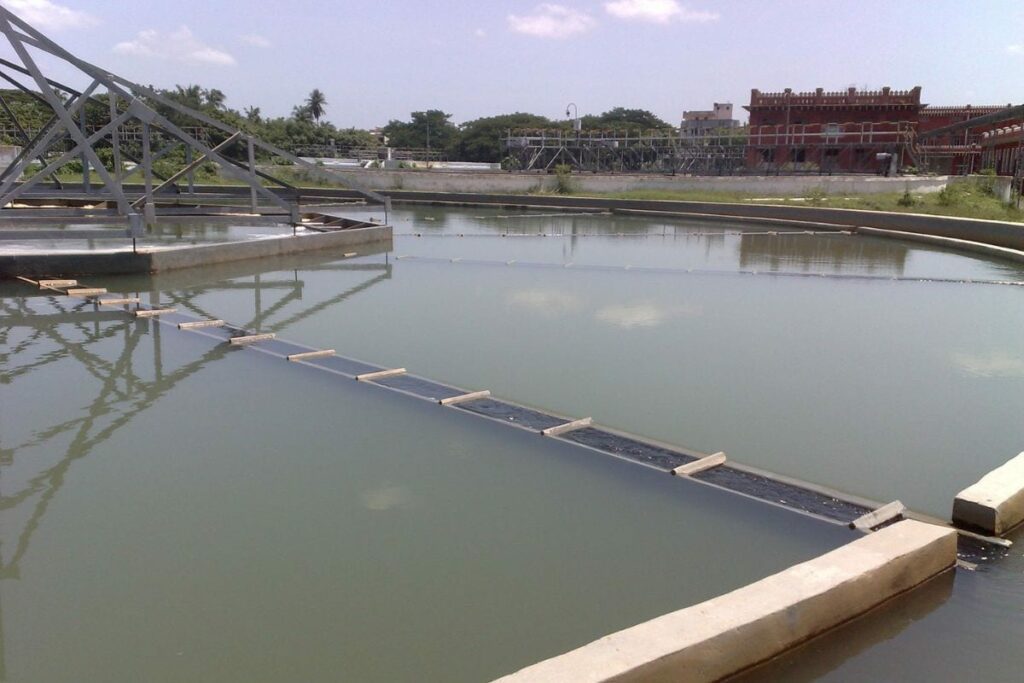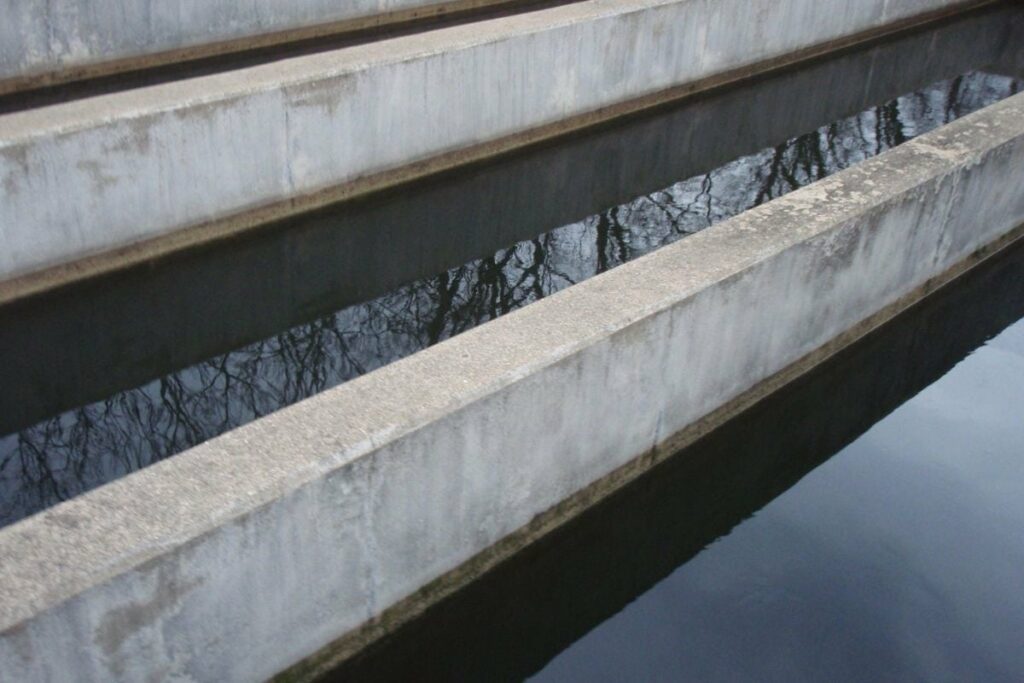Have you ever wondered what happens after you flush? Where does the toilet water go? Do we reuse it somewhere or is it dumped into oceans? Don’t worry; you’ll get the answers to all these questions by the end of this post.
If you live in a rural area, far from a city, the toilet water goes directly into a septic tank built underground, where it undergoes treatment and seeps into the soil. However, if you reside in a city with a centralized sewerage system, the toilet water goes to a sewage treatment plant, where it undergoes different treatment processes; it is then released to local rivers or used in industries or farms.
Further, in this article, we will talk about the journey of toilet water in rural and urban areas, and some retreatment processes which are used to recycle this water.
Where does the Toilet Water go in Rural Areas?
Rural areas that a far from cities lack a centralized drainage system for the whole community since houses are usually scattered. So, in that case, people have their private septic systems for the treatment of toilet water /wastewater. A septic system consists of two main parts, a septic tank, and a soil absorption field.
Let’s go through the journey of toilet water in a rural facility that has a septic tank installed.

When you flush the toilet, the water containing solid waste from the toilet water combines with the other household wastewater in the main drainage pipe.
From there, it goes into the septic tank. A septic tank is like a pretreatment facility for the tank. It is usually built up of fiberglass, polyethylene, or concrete. The purpose of this tank is to hold the wastewater until the solid waste is settled down at the bottom as sludge, and the oily substance in the waste float on the top as scum.
A T-shaped exit is made in the septic tank, that prevents sludge and scum from escaping the tank and entering the drain field.

Once the wastewater has been separated into sludge, and scum, the liquid waste known as effluent leaves the septic tank and enters the drain field.
The drain field contains multiple perforated pipes which slowly release the effluent into the soil. Porous surfaces allow wastewater to be filtered via the soil when it is released through pipes.
As wastewater percolates through the soil, it gets treated and dispersed into the groundwater.
Where does the Toilet Water go in Urban Cities?
All the modern cities have a centralized sewerage system so the water journey, in this case, is a little different.

When you press the flush button, the water moves down the drainpipe known as the sewer.
Other wastes are also collected and removed via the sewer pipe from your home. This might be soapy water from bathrooms or water leftover from laundry and dishwashing. All of these wastes are referred to together as “sewage.”
Now, the sewage of all the homes in your locality travels underground in sewerage pipes to the nearest water treatment facility. These sewerage pipes are quite bigger them the ones used at your homes. Some are as huge as a bus.
Sewage contains bacteria and germs, and its contact may make people sick, so it has to be treated. The treatment process removes all the solid waste like toys, money, and all things you have dumped down the toilet. The treatment process is a long one and it takes days to clean it.

Water Treatment Plant
Every town has a water treatment plant that cleans, filters, and chlorinates the wastewater. The treatment process or techniques may vary in your community. However, the main purpose of any water treatment is to make sewage water as clean as possible.
As per EPA, the treatment of wastewater takes place in two stages.
Stage 1: Primary Treatment
The primary treatment involves screening and removal of sludge from the wastewater.
Screening
When sewage enters a treatment facility, it passes through a screen, which eliminates big floating debris like trash and stones that might clog pipes or harm machinery.
After the sewage has been filtered, it is sent through a grit chamber, which allows sand, cinders, and tiny stones to sink to the bottom of the chamber.
Municipalities with mixed sewage systems, where stormwater and sand flow into sewers together, need an in-sewer grit chamber.

Sludge Removal
After the initial screening has been done, the sewage is sent to sedimentation tanks where it stays for a while. At this stage, the suspended particles (poo, all types of solid waste) settle down at the bottom of the tank. This solid mass in the tank bottom is often termed sludge.
The sludge is pumped out of the tank. It may be treated to be used as a fertilizer, dumped in a landfill, or burnt.
Stage 2: Secondary Treatment
The primary treatment is not just enough to remove the harmful bacteria and germs inside the effluent, so it has to go undergo a secondary treatment.
Activated Sludge Process
Sewage from the primary sedimentation tanks is combined with air and sludge laden with bacteria in an aeration tank, where it is permitted to stay for many hours.
During this period, the bacteria transform the organic materials into byproducts that are not harmful to the environment.
From the aeration tank, the sewage that has been partially cleaned goes to a sedimentation tank to get rid of any extra bacteria.

Chlorination
In order to complete the secondary treatment, the effluent that comes from the sedimentation tank is often treated with chlorine.
The addition of chlorine to the water has two purposes: it eliminates odor-causing bacteria and kills harmful microorganisms.
When carried out correctly, chlorination can eradicate more than 99 percent of the potentially dangerous bacteria that may be present in the effluent. Some treatment plants also use UV to remove the bacteria, in addition to chlorination.
What happens to Toilet Water After it Leaves Water Treatment Plant?
Now, lastly, you may be interested to know where does this water go after treatment? Oceans, rivers or reused?
The treated water is being used for almost all purposes around the world. Mostly, it is dumped into the local river or ocean (if you live near a coast).
However, it has been used to produce electricity and used on farms for agricultural purposes. And you will be surprised to know some countries have made it safe enough for drinking purposes. For instance, in Singapore, water from sewage treatment plants has even a higher purity level than the one specified by WHO for drinking water.
Final Words
Now, when you flush the toilet, you will remember the journey toilet water undergoes and where it ends up. Thanks to this newly acquired knowledge.
Next time you use a toilet, avoid flushing anything like toys, jewelry, plastic bags, or anything that could clog the sewerage. Whatever you are throwing actually makes up its treatment and cleaning more difficult.

Amos Christen graduated with a bachelor’s degree in Interior Design from Drexel University — Philadelphia, PA. Since 2003, Amos has worked with top interior design professionals in this area, including architects and interior/graphic/lighting designers. As a skilled interior designer, Amos Christen is highly versed in fine arts and crafts and uses that to supplement his main area of expertise. He often publishes articles related to home décor on several websites, including Sprucetoilets.com, Sprucebathroom.com, and Mybesuitedhome.com. He also contributes to leading interior design magazines.
